Many of the world's most powerful leaders gathered in Istanbul this week for the World Humanitarian Summit. Good things were accomplished, with Canada alone pledging $331.5 million in humanitarian aid.
But despite strong representation from government, big business and some of the world's most highly respected aid organizations, a critical group was notably absent from the summit. Children.
Children are the most vulnerable in every situation. When a country is torn apart by civil war, shattered by economic collapse or rocked by a major earthquake, children always hurt the most. They also have the most to lose, with their educations incomplete or barely even begun.
Six things children need in an emergency -- in their own words
Over the past decade, World Vision has collected input from children in 15 different countries facing emergency situations of all kinds. We spoke to more than 11,000 girls and boys, asking them what's most important in times of crisis. Here's what they told us:
1) I want to go to school so I can get a job one day.
In an emergency, school buildings are destroyed, access to schools is cut off and education costs move out of reach. Even when school is available, families with destroyed livelihoods often need their children to work.
Many of the children we spoke with believe education is the best way for them to help their futures and their families. They got upset when they talked about not being able to go to school and worry about what this will mean for them.
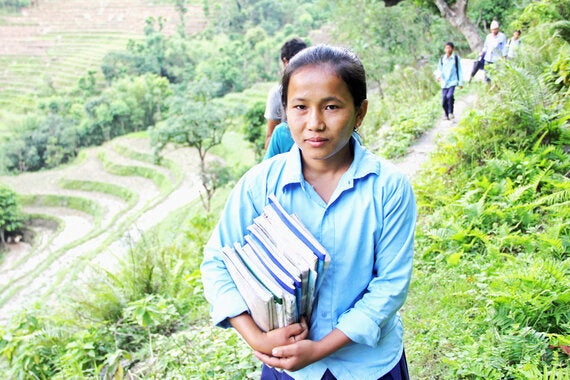
Thousands of children in Nepal are still out of school after last year's deadly earthquake. The need to equip children for productive futures as they help rebuild their countries is one reason World Vision is pressing to have education declared a "life-saving intervention" along with food, water and shelter. (Photo: World Vision)
2) I need a safe place to play.
Children say they don't have enough places to play or do not have any fun activities to participate in after an emergency. Being able to play is a chance to escape and ultimately adjust to their new lives.
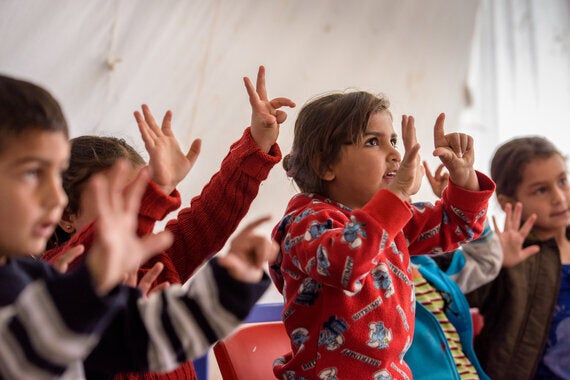
Samira (in red) joins songs and games at an early childhood learning centre in Lebanon's Bekaa Valley. Being in a child-friendly space is much safer than hanging out in the back alleys of this informal tented settlement for Syrian refugees. (Photo: World Vision)
3) I don't want to scavenge for food.
Children say lack of food after an emergency means they have to scavenge, beg, or eat rotten food and garbage. Their health suffers from a lack of nutrition. Many are forced to work so they can help pay for food for their families.
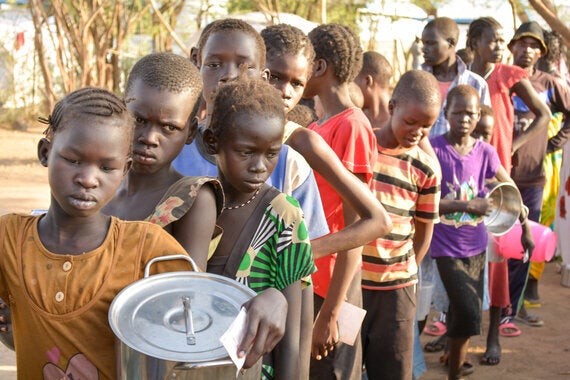
South Sudanese refugee children line up for breakfast at a reception centre in Kakuma after fleeing fighting in their country. Most arrived desperately hungry. (Photo: World Vision)
4) I want to hug my mom and dad.
Children talk about feeling stressed or anxious after a disaster. Many lose their families or are separated from them. Others experience an increase in tension at home as the family struggles to adjust to new realities. Receiving affection from their parents or caregivers is something children say makes them feel better.
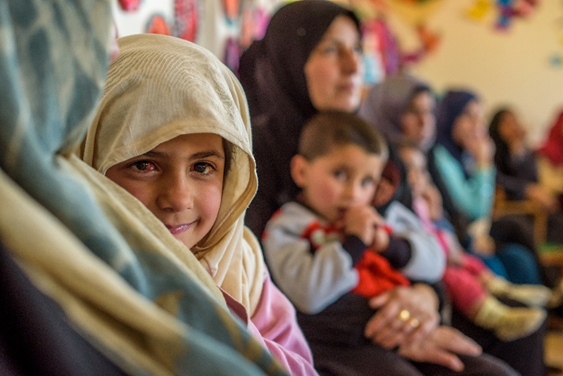
At a temporary settlement in Lebanon's Bekaa Valley, Syrian refugee children cuddle with their mothers at a class to teach about sanitation in refugee camps. (Photo: World Vision)
5) I want to be safe when I go to the toilet.
Pressure on resources and facilities mean it can take longer to access vital water and sanitation services. Latrines, for instance, may be further away, crowded or used by groups of people who make children feel unsafe. Children spoke to us about being injured, attacked, robbed or even raped when travelling to collect water or to use the latrine.
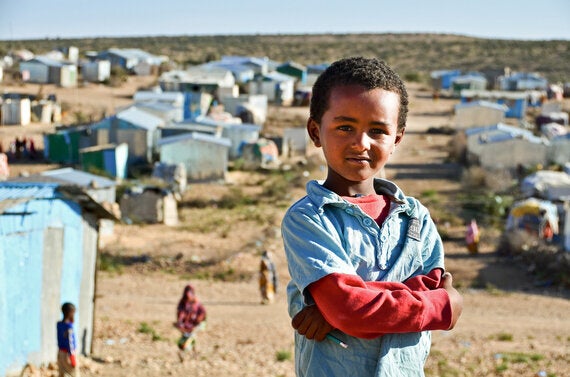
In this relief camp in Somalia and many others around the world, the construction of clean water points and safe latrines is a priority for World Vision. (Photo: World Vision)
6) I don't want to hurt anymore.
Children suffer increased risk of injury after disasters due to a lack of secure shelter. They talk about struggling to adjust to their new living conditions and the upset it causes them.
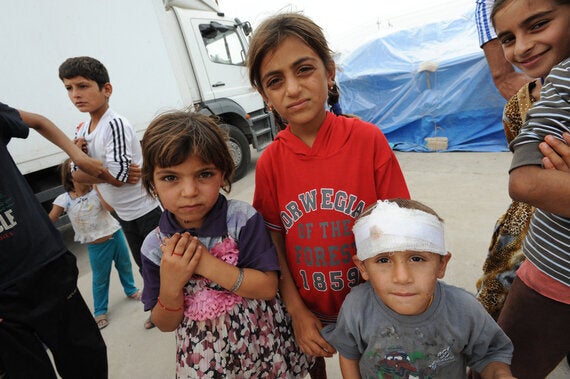
Injuries can happen with greater frequency when children are living in makeshift camps without safe places to play. Little brother Malek (right) fell when playing on uneven rock. The Iraqi children have been displaced from their homes by fighting in their country. (Photo: World Vision)
Placing children first after an emergency
I felt so proud to learn of Canada's contribution at the World Humanitarian Summit and was encouraged by what it could mean for children. Nourishing children, protecting children and educating children -- especially in the most dire of circumstances -- is critical.
In 2015, for instance, emergencies interrupted the education of more than 80 million children. Losing years of schooling can severely hamper a child's ability to earn a job at anything other than menial labour. At present:
- Less than three per cent of all humanitarian funding is spent on child protection.
- Only two per cent of funding is spent on education.
This is true even though more than half of all people affected by an emergency or crisis are children. The lack of education and protection services is jeopardizing the lives and futures of millions of girls and boys.
Although they didn't have an official voice at this week's summit, I'm full of hope that the world's children will benefit from what happened in Istanbul. Canada must continue to take a leading role for the world's most vulnerable people -- its children.
Follow HuffPost Canada Blogs on Facebook
MORE ON HUFFPOST:
